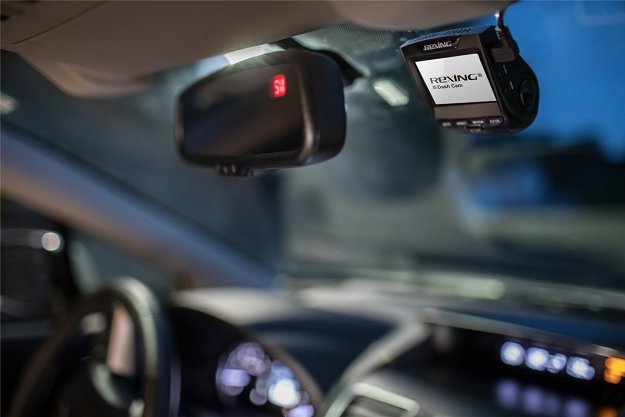
In a recent study, the Auto Insurance Center analyzed 65,535 Instagram posts hashtagged #RoadRage with the hopes of discovering where, when, and why drivers in the U.S. were most upset. As it turns out, August is the worst month when it comes to angry drivers. With summer vacations often leading to more cars on the road, motorists have more fodder for their fury. July comes in at a close second, again lending to the notion that driving in the summer is the worst.

In terms of days of the week, Sunday is apparently the least stressful day, but as the week progresses, people behind the wheel get antsier and antsier. By Friday, road rage posts have peaked, seeing nearly 10,500 Instagram hashtags. But by the weekend, people have found their roadway zen again. “The low rate of posts on weekends may point to a clear correlation between commuter-filled roads and incidents of anger,” the insurance company writes. Similarly, the time of day when road rage is most prevalent is in the rush hour as commuters try to make their way home from a busy workday. From 5 to 7 p.m., people are particularly angry with their fellow drivers.

So where is road rage the worst? Curiously, drivers in Hawaii, a state that one might expect to be a bit more laid back about driving (and just about everything), suffer most from road rage. But when you consider that traffic in Honolulu was recently ranked third-worst in the nation, and Hawaii is a hotbed for tourists, the frustration makes a bit more sense.
Still, as bad as Honolulu may be, it’s nothing when compared to Los Angeles and New York, the two cities that unsurprisingly logged the most #RoadRage posts. Curiously, Mount Pleasant in North Carolina came in at number three, suggesting a potential misnomer for the city.

Ultimately, the Auto Insurance Center concludes, “True road rage — characterized by violence, injury, and even death — is a sobering issue about which true offenders are not likely to post on social media.” So what can you do to avoid these feelings? The agency suggests that you can “allow for extra time in case you run into delays, adjust your schedule to avoid driving through the worst traffic, and listen to music while you drive. If you start to feel angry, it’s vital to relax, breathe deeply, and consider taking a break to stretch your legs or sip some water.”
Editors' Recommendations
- Having trouble accessing your Instagram account? You’re not alone
- Sponsored posts will soon infiltrate your Instagram, even if you’re not a fan


